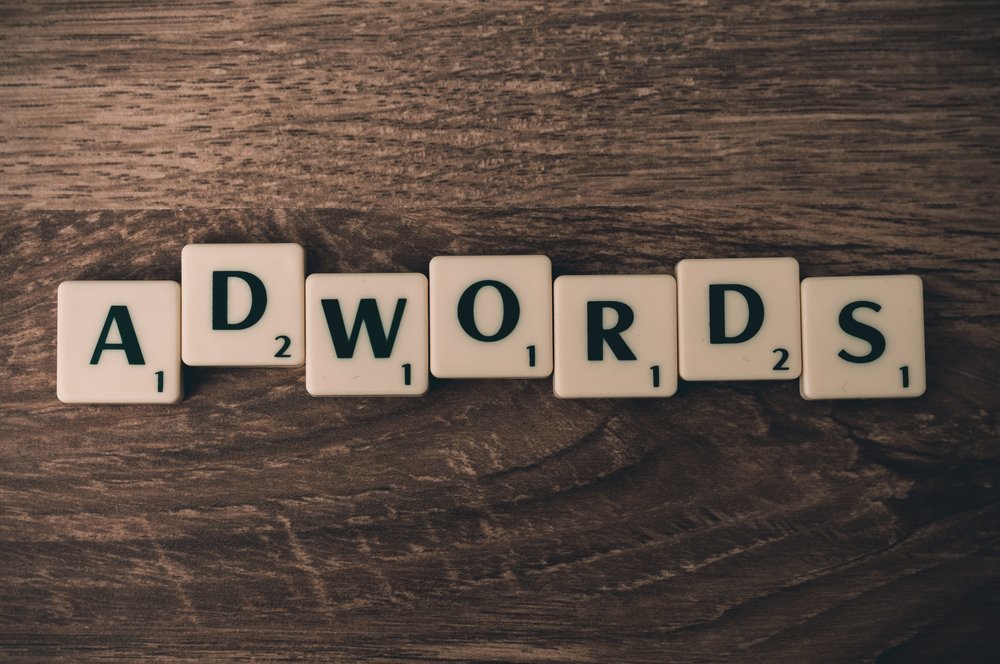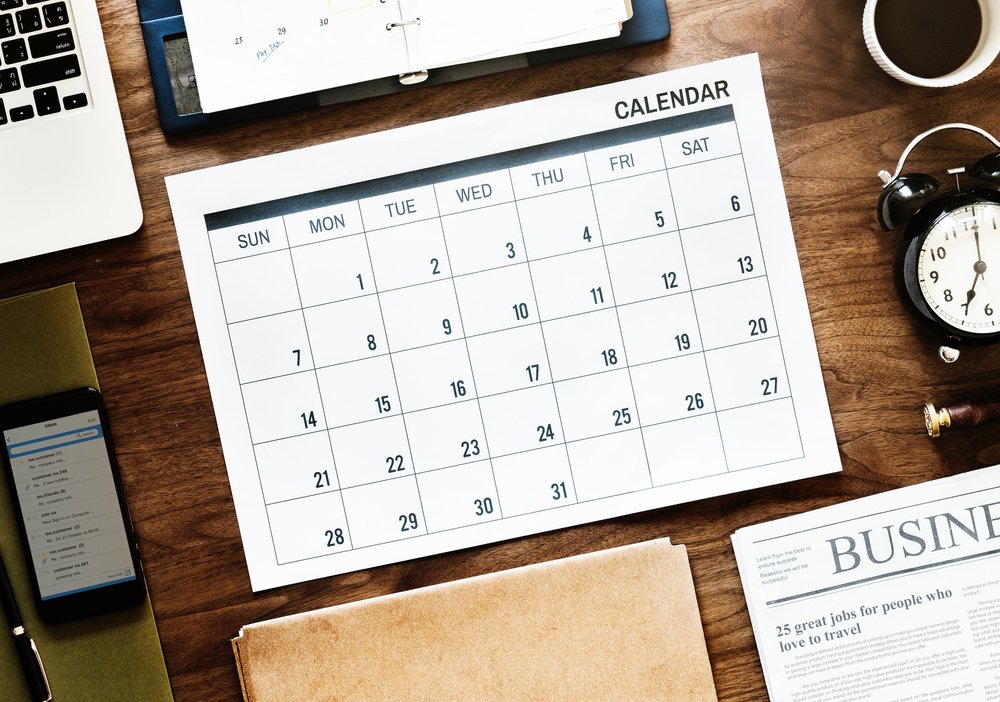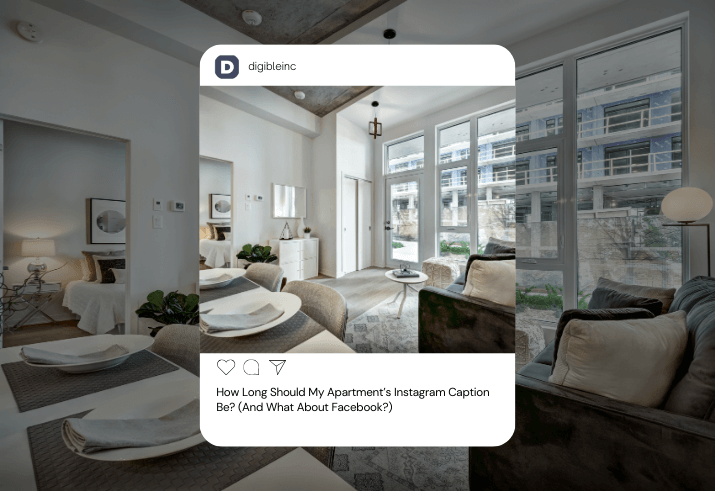Google AdWords (soon to be Google Ads) allows you to modify bids on several levels: time of day, day of the week, device, location, demographics and audiences. The key to taking advantage of these potential optimization opportunities is to know when and how much to adjust.

Don’t Jump the Gun
Making sure there is enough data before making major bid adjustments is crucial to a campaign’s success. Setting adjustments too early can cause campaigns to over-optimize or over-react to insufficient data or seasonal trends. Keywords and ads also need enough time to gain traction and build up quality scores before they can be fully optimized. The ideal time to optimize is generally 90 days after the initial launch, but high-volume campaigns with larger budgets may be able to optimize after 30 or 60 days. It’s also important to not make several adjustments at once. For example, if a campaign’s ad schedule, device, and demographic bid adjustments are all done in the same month and performance declines MoM, the problem becomes much harder to pinpoint and resolve.

Check Your Percentages
After the data is gathered and the campaign has a solid data benchmark to test performance against it’s time to start optimizing, but how much should you adjust your bid modifiers? The first thing to do is to look at where your percentage of spend and conversions are coming from and adjusting bid modifiers based on these metrics. In theory, you want both numbers to be the same, if 15% of conversions are coming from tablet then you want 15% of spend to be on tablet as well. If these numbers are different bid modifiers should be adjusted to correct the difference. In the example table below, we’ll look at device bid modifiers, but the same formula and theory can be applied to ad schedules, locations, demographics, etc.

Want to explore bid modifiers further? We’d love to chat!








